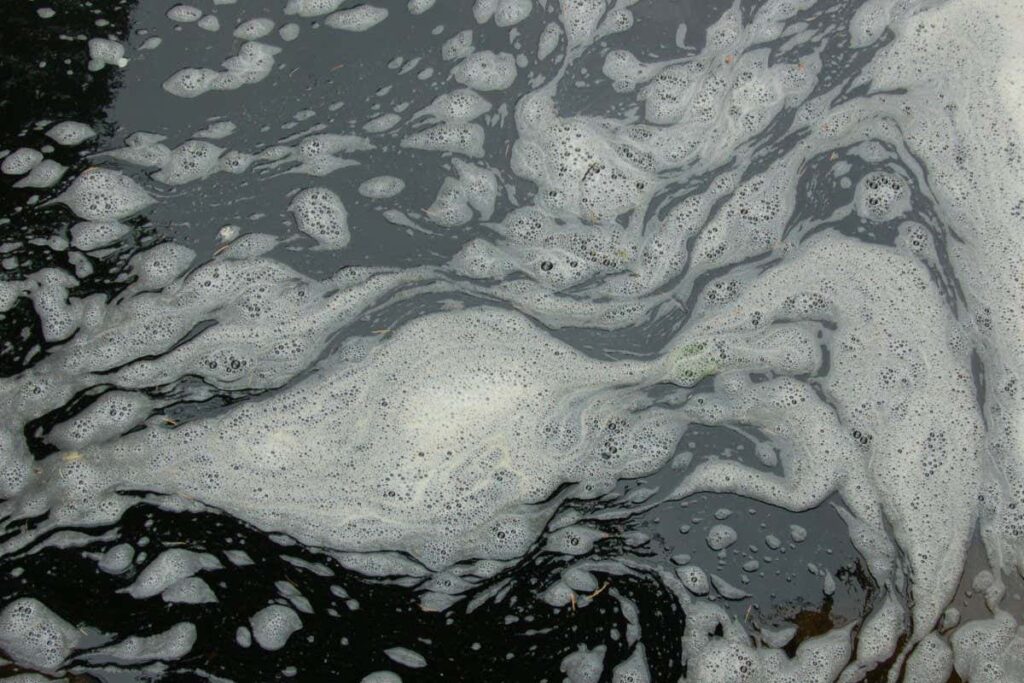Polluted water
sam barnhart/Getty Images
Chemists have created nanorobots propelled by magnets that remove pollutants from water. The invention could be scaled up to provide a sustainable and affordable way of cleaning up contaminated water in treatment plants.
Martin Pumera at the University of Chemistry and Technology, Prague, in the Czech Republic and his colleagues developed the nanorobots by using a temperature-sensitive polymer material and iron oxide. The polymer acts like tiny hands that can pick up and dispose of pollutants in the water, while the iron oxide makes the nanorobots magnetic. The researchers also added oxygen and hydrogen atoms to the iron oxide that can attach onto target pollutants.
The robots are about 200 nanometres wide and are powered by magnetic fields, which allow the team to control their movements.
At low temperatures of around 5°C, the nanorobots are dispersed in water. When the temperature is raised to roughly 25°C, the nanorobots clump together, trapping any pollutants between them. They can then be removed from the water using a magnet and cooled down to dispose of the pollutants.
When tested on water containing 5 milligrams of arsenic per litre, the nanorobots were able to eliminate up to 65.2 per cent of the arsenic in 100 minutes.
Unlike other nanorobots that have been developed, these don’t need any fuel to operate and can be used repeatedly, making them sustainable and cost-effective.
“You can change the design or develop [the nanorobots] to target particular chemical particles,” says Pumera, who hopes this technology can be used to treat water on a larger scale.
“This is an exciting work in which the capabilities of stimuli-responsive materials are integrated to create micro-robotic devices for the pickup and disposal of different types of pollutants,” says Salvador Pané i Vidal at ETH Zürich in Switzerland. “One of the challenges ahead is to create magnetic navigation systems that could translate this technology to industrial wastewater cleaning applications.”
Topics:


